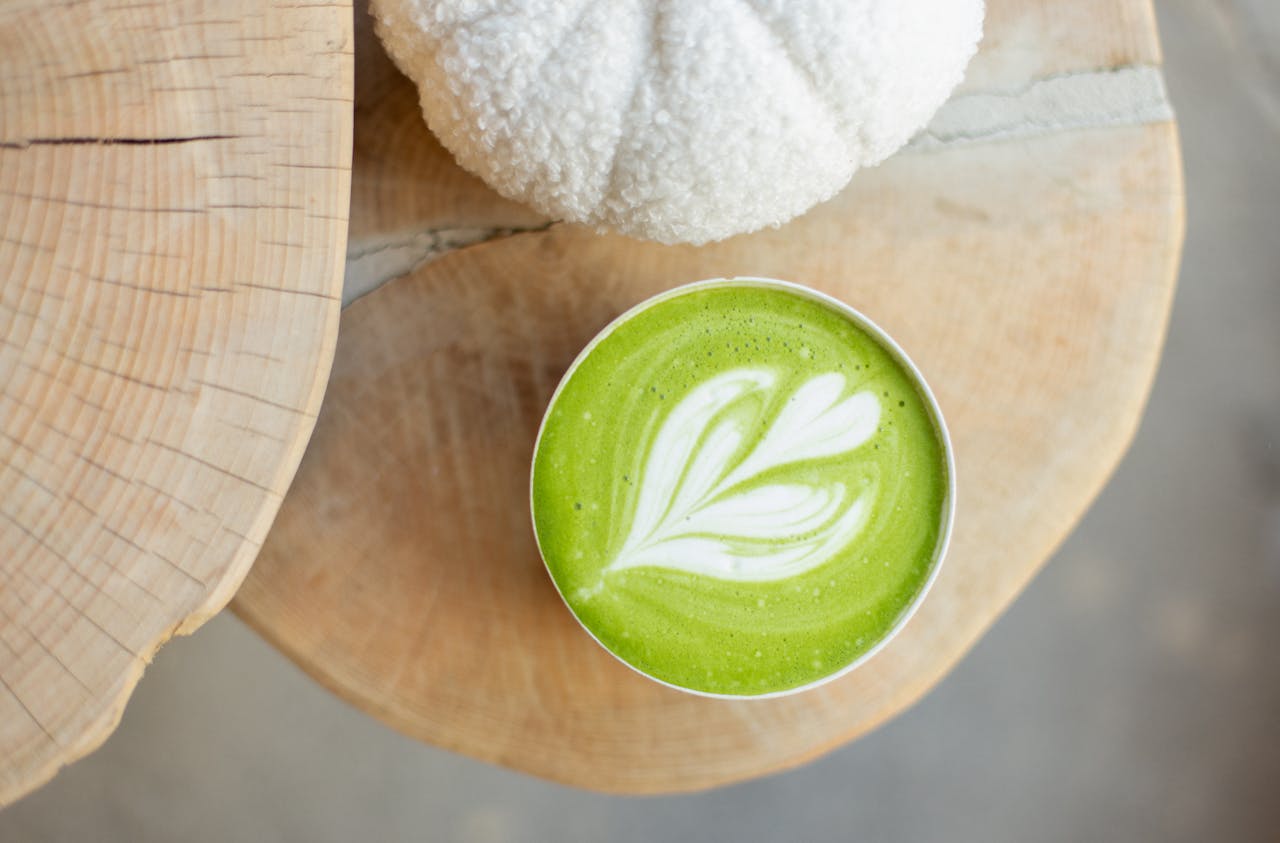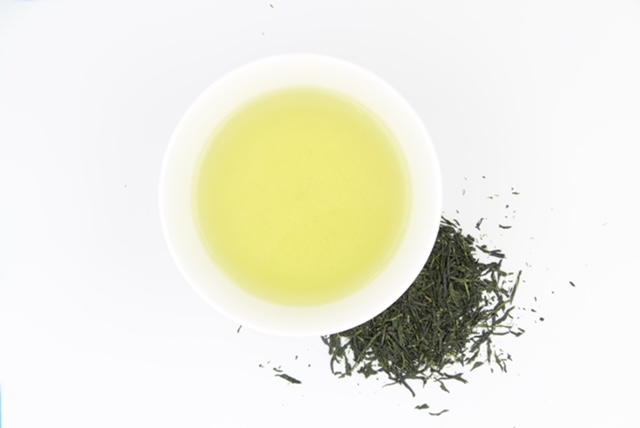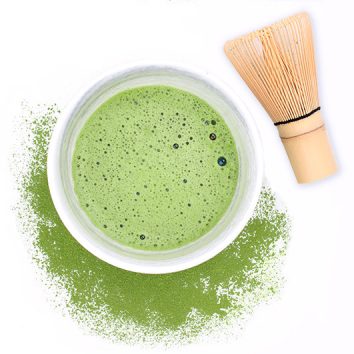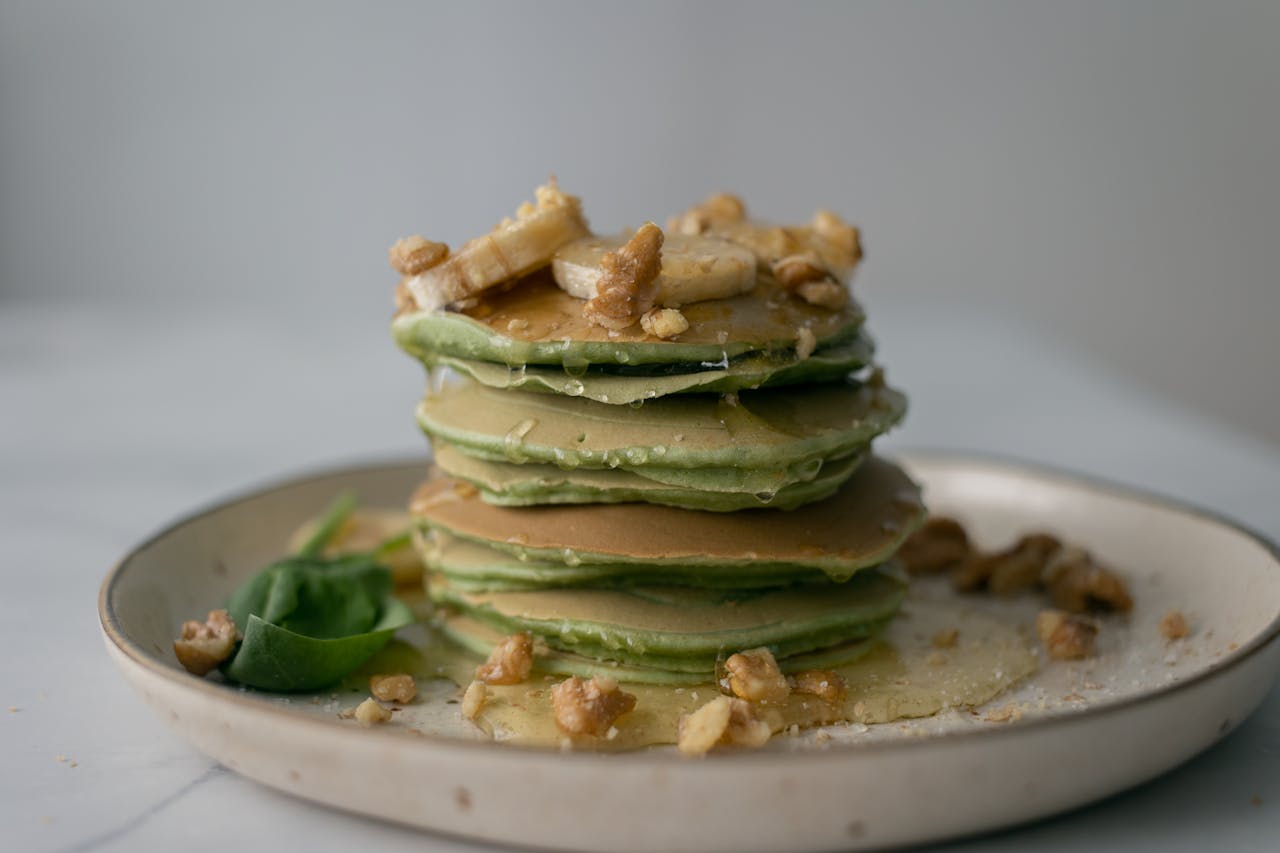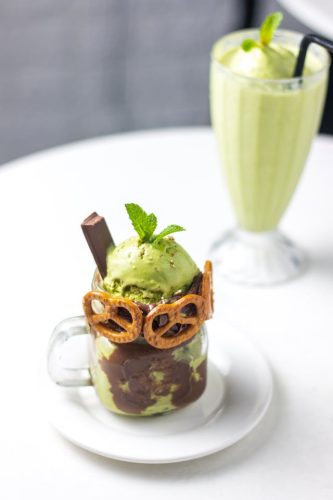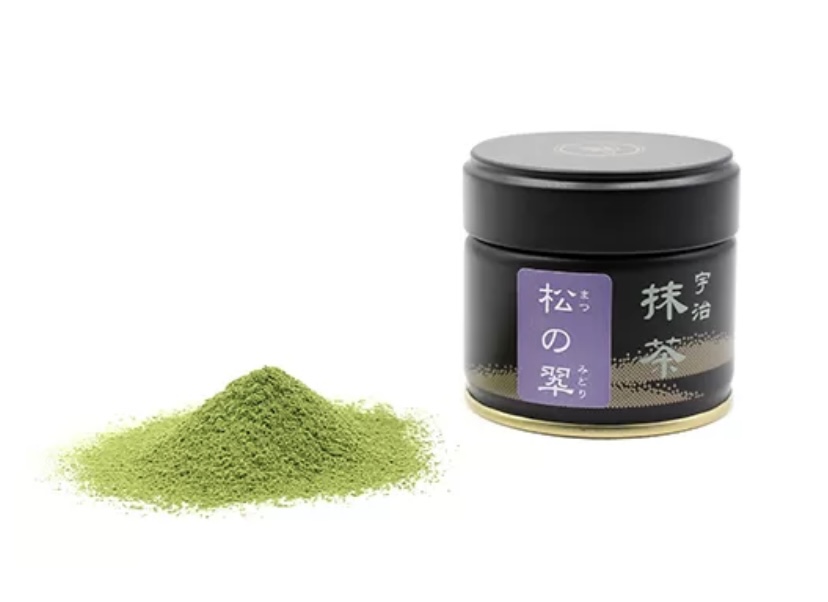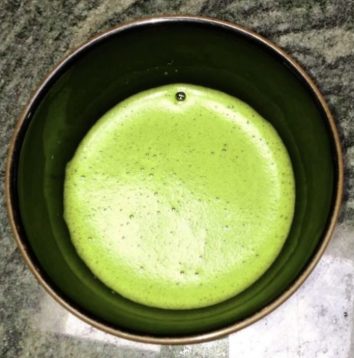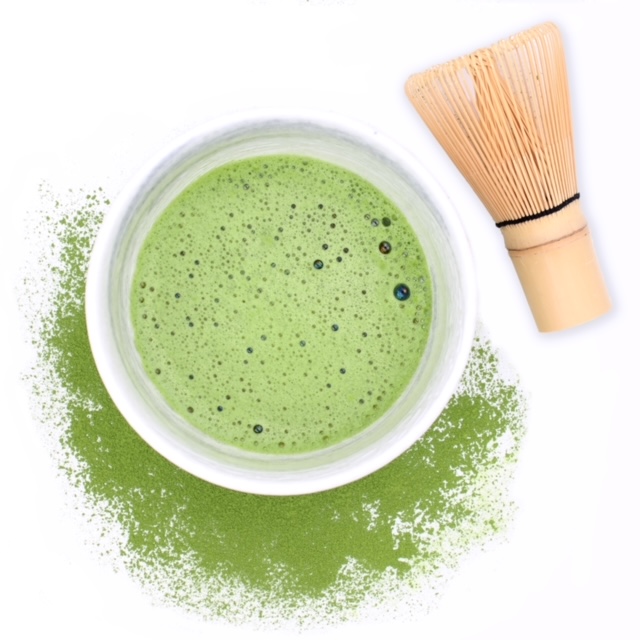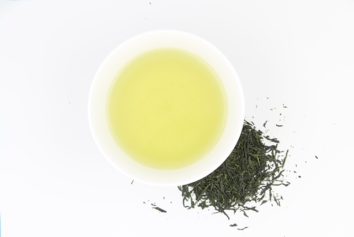Japanese Green Tea isn’t just for sipping on a quiet afternoon—it’s now making waves in the cocktail world! The unique, earthy flavours of Japanese Green Tea pair beautifully with various spirits, creating cocktails that are both refreshing and sophisticated. Whether you’re hosting a summer gathering or looking for a creative twist on classic drinks, these Japanese Green Tea cocktails are sure to impress.
Top Japanese Green Tea Cocktail Recipes
Matcha Margarita
A zesty favourite with a Matcha twist.
- Ingredients: 50ml tequila, 1 tsp Matcha, 25ml lime juice, 15ml agave nectar
- Instructions:
- Sift Matcha into a shaker.
- Add tequila, lime juice, and agave nectar.
- Shake with ice until well-mixed.
- Strain into a glass with ice and a salt rim.
- Garnish: Lime wheel, light Matcha dusting.
Japanese Green Tea Mojito
A refreshing take on a classic mojito.
- Ingredients: 50ml rum, 10 fresh mint leaves, 25ml lime juice, 15ml simple syrup, chilled Japanese Green Tea.
- Instructions:
- In a glass, muddle the syrup, lime juice, and mint leaves.
- Pour the rum into the glass after adding ice.
- Top with chilled Japanese Green Tea and stir gently.
- Garnish: Mint sprig, lime wheel.
Zen Garden
A cocktail as calming as its name.
- Ingredients: 50ml vodka, 3 cucumber slices, 10ml ginger syrup, 50ml Japanese Green Tea, soda water.
- Instructions:
- Muddle cucumber slices in a shaker.
- Add vodka, ginger syrup, and Japanese Green Tea. Shake with ice.
- Pour through a strainer into a glass filled with ice and soda water.
- Garnish: Cucumber and ginger slices.
Tokyo Tea
A refined, Japanese-inspired blend.
- Ingredients: 40ml gin, 20ml sake, 50ml Japanese Green Tea, 15ml simple syrup, 15ml lemon juice.
- Instructions:
- Fill a shaker with ice and add all the ingredients.
- Shake well, then strain into a chilled glass.
- Garnish: Lemon twist, cherry.
Matcha Mule
A bold fusion of Matcha and ginger beer.
- Ingredients: 50ml vodka, 10ml lime juice, 100ml ginger beer, 1 tsp Matcha.
- Instructions:
- Whisk Matcha with a small amount of hot water.
- In an ice-filled glass, combine matcha, vodka, and lime juice.
- Top with ginger beer and stir gently.
- Garnish: Lime wheel, ginger slice.
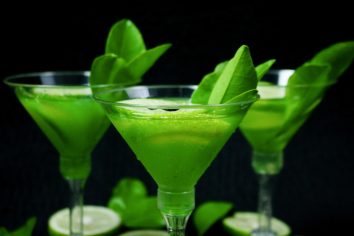
Tips for Crafting Perfect Japanese Green Tea Cocktails
- Choose High-Quality Japanese Green Tea: Use premium Japanese Green Tea from Taka Tea Garden for the best flavour.
- Chill Your Tea: Brew and chill your tea in advance for refreshing cocktails.
- Elevate with Garnishes: A simple garnish adds visual appeal and enhances the drink’s flavour.
- Experiment: Don’t hesitate to mix and match flavours to create your signature cocktail!
Conclusion
Japanese Green Tea cocktails are a delightful way to enjoy the earthy richness of Japanese Green Tea combined with bold flavours. From Matcha Margaritas to Japanese Green Tea Mojitos, these recipes are perfect for any occasion.
Ready to mix things up? Explore Taka Tea Garden’s selection of Japanese Green Tea in Australia or find premium Matcha in Sydney for your cocktail experiments.
Visit us today and elevate your cocktail game with the finest Japanese Green Teas!


